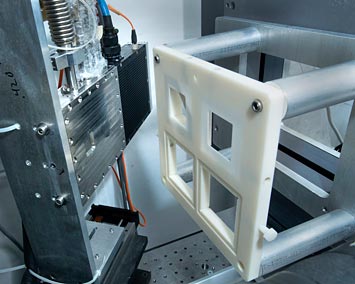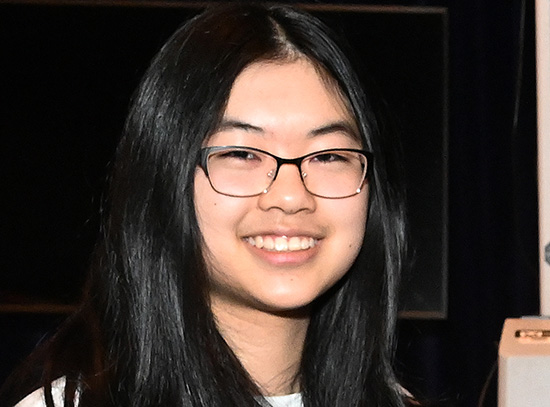In the News
Newsmakers among Photon Sciences staff, collaborators and user community
July 17, 2014
 enlarge
enlarge
New Maia-384 detector ("384" is the number of crystals in the detector; a previous version, with 96 crystals, was used to authenticate a Rembrandt painting)
- In a Q&A with Doon Gibbs, Brookhaven National Laboratory Director, published in the Long Island Business News:
“It’s been an exciting and productive year. The biggest thing is the near completion of the NSLS-II, which accelerates electrons and produces intense beams of light for use in general studies of materials and processes. We’ll start commissioning it in September, turning on the machine and generating the first beams of light. In January, we’ll start doing some first experiments.” http://libn.com/2014/07/08/qa-doon-gibbs-brookhaven-national-lab/ - In an article on “Art from Science,” the Cornell Alumni Magazine reports on the Maia detector developed for use on light sources by CSIRO, Australia's national science agency, and scientists at Brookhaven National Laboratory. http://cornellalumnimagazine.com/index.php?option=com_content&task=view&id=1906&Itemid=64&ed=42
- Scientists from Cornell University used the Maia detector (see above) to help decode the mystery of Pablo Picasso’s first masterpiece, The Blue Room. An article in the International Business Times reports that “the painting was scanned using an X-ray fluorescence (XRF) detector, the CSIRO’s Maia.” http://au.ibtimes.com/articles/557986/20140704/csiro-pablo-picasso-blue-room.htm#.U7tBPigfk4Q
- Photon Sciences engineer Nikolaos Simos spoke at a recent celebration marking the 158th birthday of Nikola Tesla, best known for helping to develop the alternating current system. The Tesla Science Center is being developed at Wardenclyffe, site of Tesla’s laboratory on Long Island, NY. http://www.teslasciencecenter.org/news-events/
2014-5059 | INT/EXT | Newsroom









